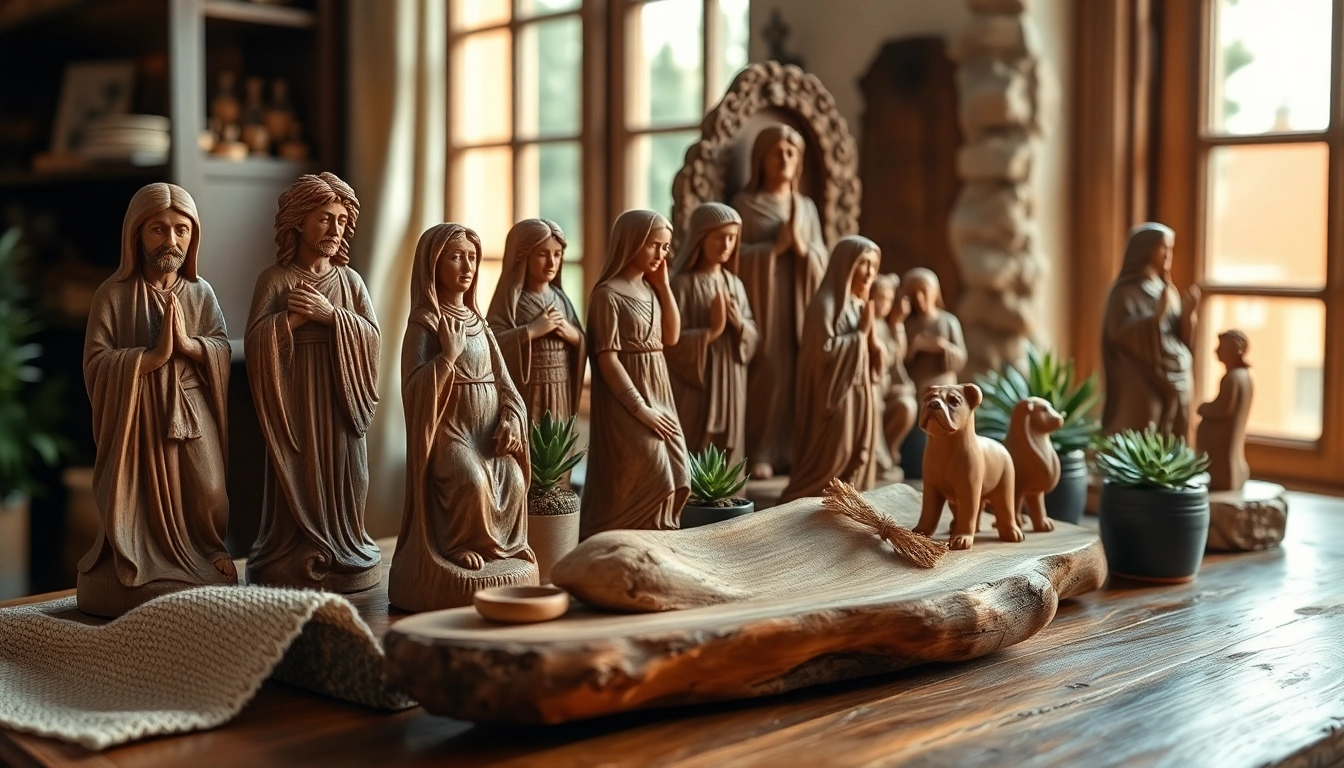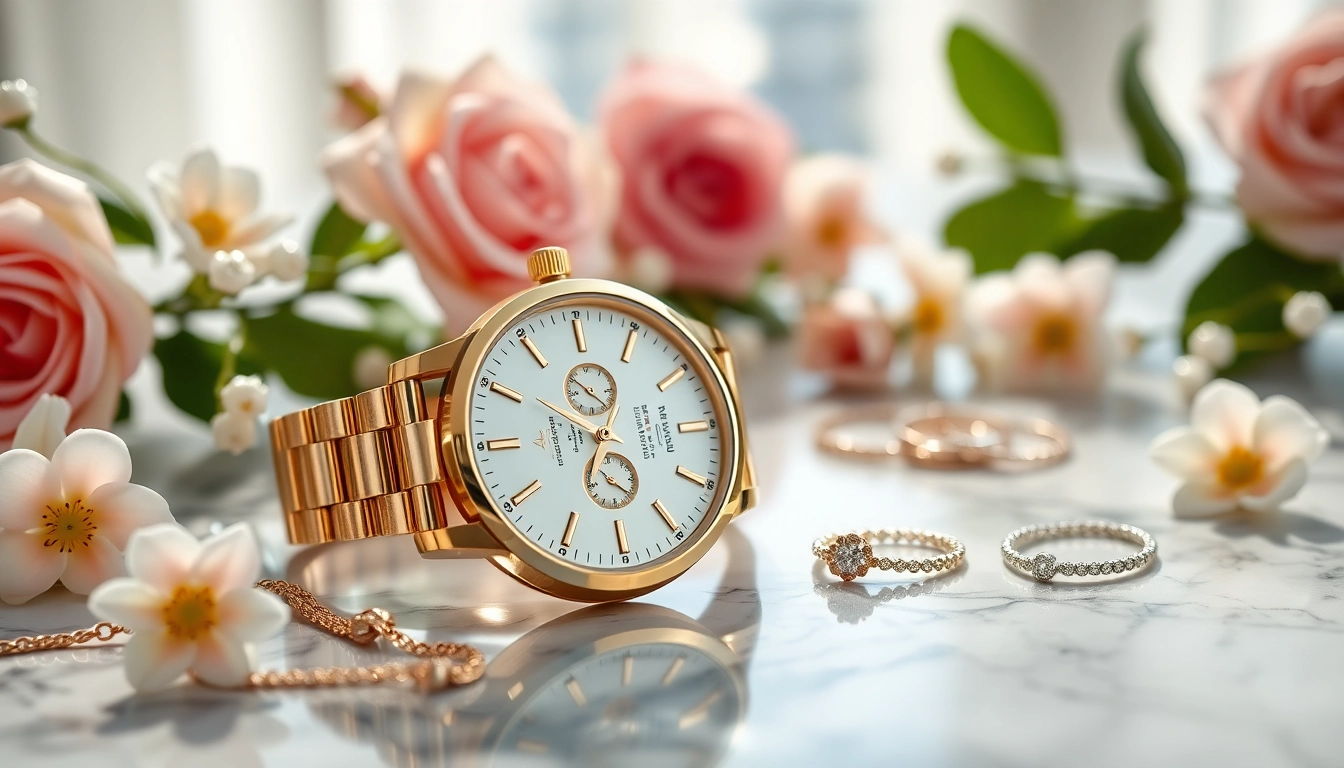Authentic Olive Wood Carvings: A Blend of Faith and Artistry from the Holy Land
Introduction to Olive Wood Carvings
Olive wood carvings hold a special place in art and culture, particularly within the realms of spirituality and religious observance. The intricacies and beauty of these handcrafted pieces make them not just decorative items, but also symbols of faith and history. From the hills of Bethlehem and Jerusalem, local artisans create stunning works that channel the rich traditions of olive wood sculpting. To understand their significance and the artistry involved, one must delve into the heart of the olive tree—where nature and craftsmanship converge. For an extensive exploration of olive wood carvings, we uncover their origins, craftsmanship, and cultural relevance.
The Significance of Olive Trees in Art
Olive trees have been revered for thousands of years, valued not just for their fruit but also for the strong, durable wood that they provide. Originating from the Mediterranean region, these trees have deep roots in various cultures, symbolizing peace, prosperity, and endurance. In Christianity, the olive tree is frequently mentioned in scriptures, signifying abundance and reconciliation. This spiritual connection enhances the value of olive wood carvings, making them sought-after items for both personal and communal spaces.
Overview of Traditional Carving Techniques
The art of olive wood carving typically employs techniques passed down through generations. Artisans utilize specific tools such as chisels and knives, working meticulously to shape the wood. The unique grain pattern of olive wood adds to the complexity of the process, requiring skilled hands to ensure harmony between design and material. Traditional methods emphasize a commitment to craftsmanship, with many artisans incorporating elements from their cultural background into each piece they create.
Understanding the Cultural Heritage
Olive wood carving is not just an art form; it is a thriving cultural tradition in areas such as Bethlehem and Jerusalem. Artisans often learn the craft from their fathers and forefathers, creating a lineage of skilled workers who contribute to a vibrant artistic community. Every piece of carved olive wood carries a story, steeped in the history of the Holy Land and the personal experiences of the craftsmen. This aspect adds a profound layer of meaning to each carving, affirming its status as a cherished artifact.
Types of Olive Wood Carvings
Religious Icons and Statues
Religious icons and statues are perhaps the most recognized forms of olive wood carvings. These pieces often depict Biblical figures, scenes from the nativity, and various saints. The artistry involved in creating these figures is significant; each piece reflects deep religious sentiments and reverence. Artisans frequently hold a unique understanding of these religious motifs, allowing them to translate complex narratives into profound visual representations.
Decorative Items and Home Decor
Beyond religious iconography, olive wood is also fashioned into a variety of decorative items that enhance home decor. Products such as bowls, trays, and wall art exhibit the beauty of the wood grain while serving functional purposes. Such items are popular among consumers looking to add a touch of elegance and cultural connection to their living spaces. The versatility of olive wood lends itself to various artistic interpretations, making it suitable for an array of styles—from rustic to contemporary.
Custom and Personalized Carvings
Many artisans offer custom and personalized carvings, allowing clients to collaborate on unique creations. This could involve personalizing a figurine with specific details, or even commissioning a completely unique design that represents a personal story or sentiment. Such personalized pieces often become family heirlooms, cherished not only for their beauty but also for the emotional connections they hold.
Artistry and Craftsmanship
The Carving Process Explained
The carving of olive wood begins with the selection of quality wood, often sourced from trees that are no longer productive. The artisans start by preparing the wood, cutting it into manageable pieces and then sketching the design that will guide their work. The actual carving process involves detailed chiseling, where artisans carefully remove layers of wood to reveal the desired shape. This is often a time-consuming process, requiring patience and expertise.
Tools and Materials Used in Olive Wood Carving
Artisans rely on a variety of specialized tools in the carving process. Traditional chisels, gouges, and knives are the most common implements. Each tool serves a distinct purpose, with larger tools being used for rough shaping and finer instruments reserved for intricate detailing. Additionally, the finish applied to olive wood carvings is crucial. Natural oils and waxes are often used to preserve the wood and enhance its natural beauty, while also ensuring the longevity of the piece.
Meet the Artisans Behind the Craft
Behind every olive wood carving is a skilled artisan whose passion is imbued in their work. Many of these craftsmen come from families with a long history of woodworking, and for them, this art form is both a vocation and a legacy. Numerous initiatives provide training and support for artisans in regions like Bethlehem, helping to keep these traditions alive. Learning about their stories and techniques can deepen our appreciation for the art of olive wood carving.
Purchasing Olive Wood Carvings
Tips for Selecting Authentic Carvings
When purchasing olive wood carvings, authenticity is key. Consumers should look for reputable sellers who can verify where the wood was sourced and the craftsmanship behind the pieces. One hallmark of authentic olive wood is the intricate grain pattern, which varies significantly from piece to piece. Furthermore, examining the workmanship—such as smooth finishes and detailed carvings—can also help determine authenticity.
Caring and Maintaining Your Carvings
Proper maintenance of olive wood carvings can prolong their lifespan and preserve their beauty. Avoid exposing the wood to direct sunlight, as this may cause fading. Regularly applying a light coat of food-safe mineral oil helps to nourish the wood, protecting it from moisture and preventing it from drying out. Additionally, cleaning should be done using a damp cloth—harsh chemicals or abrasive materials can harm the finish.
Best Places to Buy Olive Wood Products
Many outlets specialize in olive wood carvings, but buyers should seek out sources that prioritize fair trade practices, ensuring that artisans are compensated fairly. Visiting artisan markets in regions such as Bethlehem or Jerusalem can provide personal insights into the craftsmanship. Online stores also offer a plethora of options, often showcasing a wide range of products that may not be found locally.
The Future of Olive Wood Carvings
Trends in Modern Olive Wood Artistry
The landscape of olive wood artistry is evolving, with new trends emerging as artisans explore contemporary themes and styles. Modern techniques such as combining olive wood with other materials—like metal or glass—are gaining popularity. Sculptors are also experimenting with abstract shapes and non-traditional uses for olive wood, thus attracting a broader audience. This infusion of modernity while respecting traditional roots helps the craft remain relevant.
Challenges Facing Artisan Carvers Today
Despite their beauty and cultural significance, olive wood artisans face many challenges. The accessibility of affordable tools, climate change affecting olive tree growth, and competition from mass-produced items can threaten the livelihood of skilled carvers. However, efforts to promote artisan crafts globally offer hope, allowing more people to appreciate the intricacies of handmade carvings and support the artisans behind them.
Preserving Cultural Heritage through Art
Ultimately, olive wood carvings represent more than just art; they embody the rich cultural heritage of their origins. By sharing stories, supporting artisans, and advocating for artisanal products, consumers can help preserve these age-old traditions. Initiatives aimed at promoting awareness and appreciation of olive wood artistry are critical as we look to the future of this expressive craft, ensuring that new generations inherit this beautiful legacy.













Post Comment